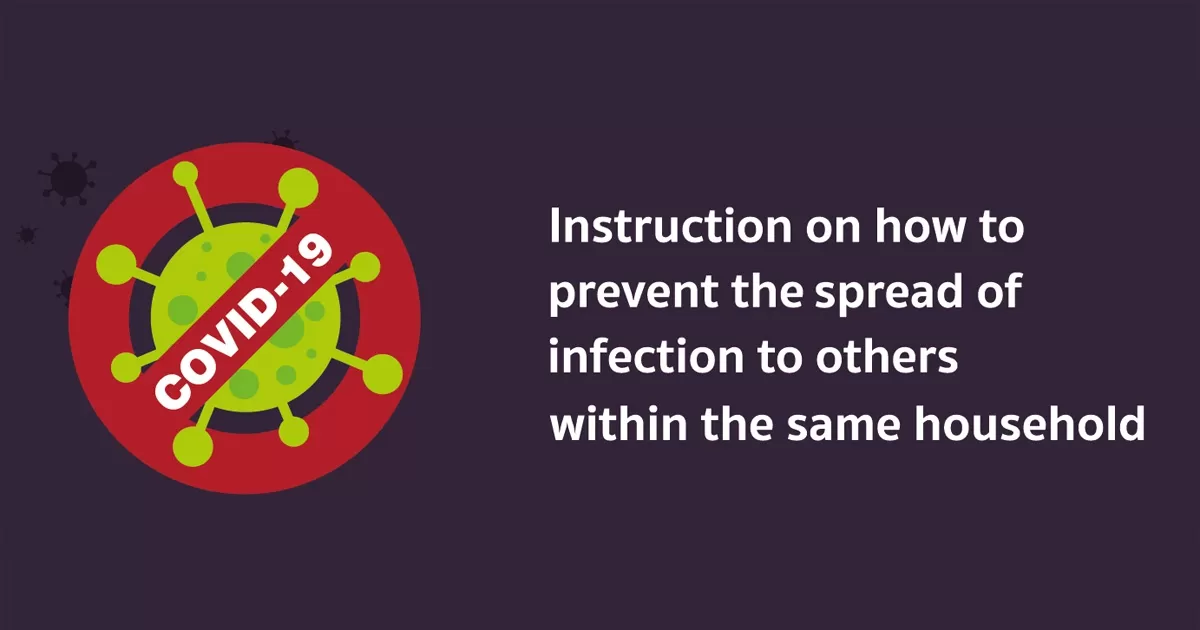
Which is better? The blood test or the educated finger test?
Home > Health Info > Health Articles

Came across some interesting data. Apparently Australia has the highest rate of prostate cancer in the world. So as well as the most poisonous snakes in the world, Aussies have the highest rate of prostate cancer. I think I was lucky to have escaped to Thailand at the right time!
One of the problems when talking about prostate cancer is that we have not developed a “Go – No Go” test for it. What we have are some ‘pointers’ but nothing so easy as a positive or negative.
Now the principal indicators are the educated finger in the anus (called the Digital Rectal Examination or DRE) and the PSA blood test. The problems with the DRE include buyer resistance, and there is a very limited amount of information that can be felt by the magic finger. No matter how clever its owner.
The problems with the PSA result is that it is not a positive or negative either, but a large number of men think that it is. I often get worried chaps coming to see me at the hospital because their PSA is above the “normal range’ and they are quite sure they have only weeks to live. We are talking about levels of say 5, where the so-called “normal” range is zero to 4.
My response to this is “Tell me when it gets to 10, and then again when it gets to 100, then we might have to do something.” You see, the vast majority of carriers of prostate cancer die with it – not from it. The reason for this is that most of the prostate cancers are very slow growing so it takes decades before it becomes a real problem.
According to the most recent data, when including all men with prostate cancer:
The relative 5-year survival rate is nearly 100 percent
The relative 10-year survival rate is 98 percent
The 15-year relative survival rate is 93 percent, so you can see you would have to be unlucky to be in the 7 percents.
Here is the current thinking – men with a low PSA test result (lower than four) should be reassured and retested only every four years.
Those with a PSA reading over 10 should see a urologist but also be retested in case the high reading is caused by an infection or benign growth.
Those with an ambiguous PSA result of between 4 and 10 should be monitored every two years.
The “rate” of increase is more important than the actual number itself.
So there you are. Do get yourselves tested, but don’t be frightened. You are most likely in the 93 percent group, alive and kicking 15 years after the PSA went up!

Share :



